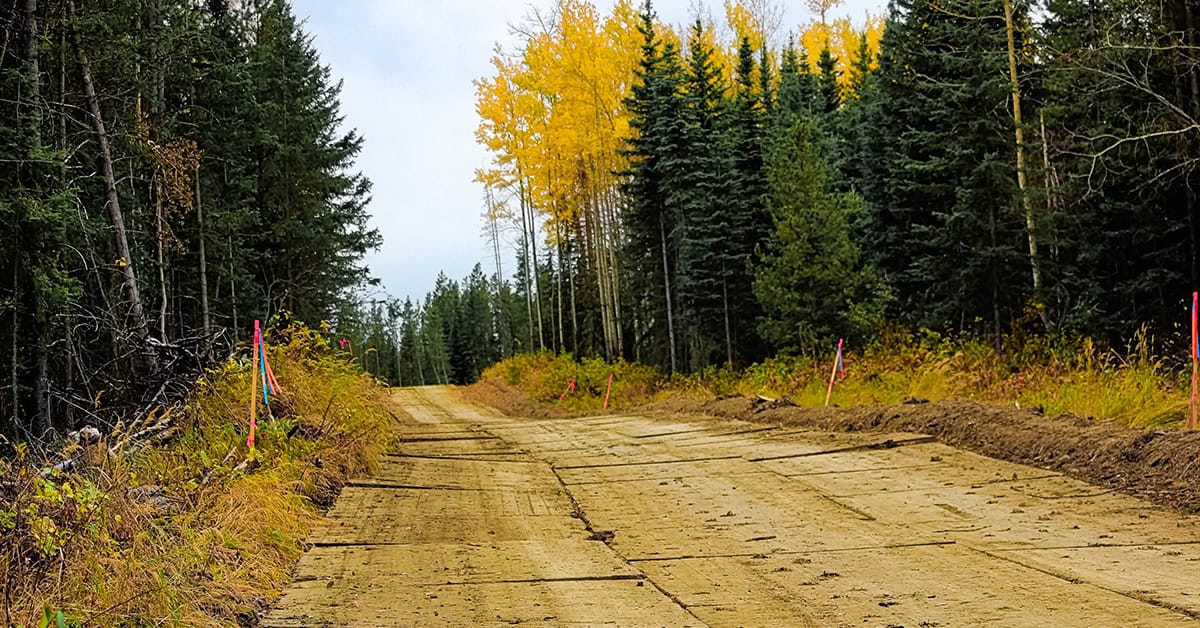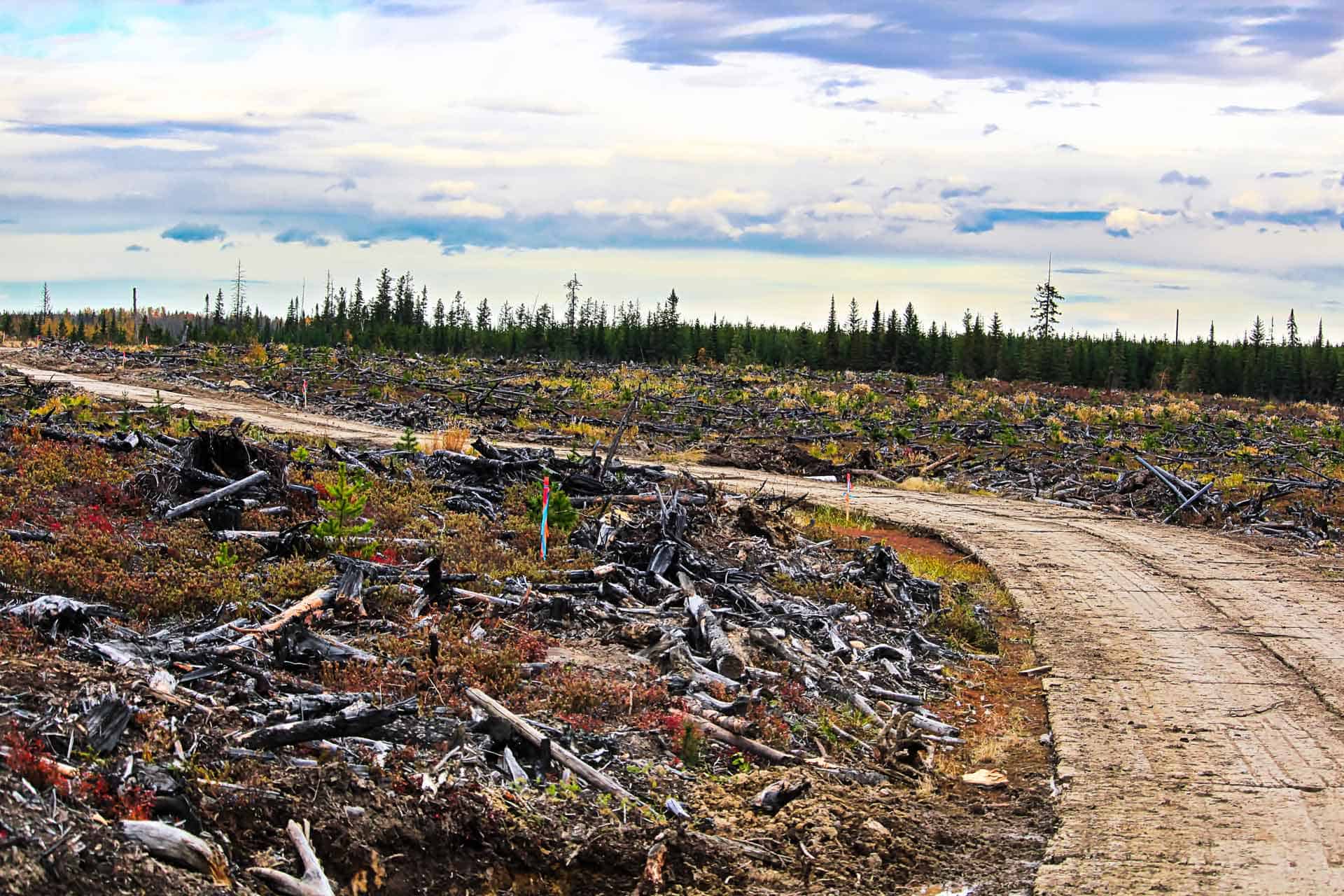Sustainable agricultural practices are essential for modern farming. Remote operations often struggle to maintain safe and durable access routes without harming the environment.
Temporary road mats offer a practical solution. They protect the ground, preserve water quality, and support efficient farm operations while safeguarding agricultural lands for future generations.
Challenges in Remote Farming Operations
Farming in remote locations presents several obstacles, particularly when it comes to creating and maintaining access roads. Key challenges include:
- Unstable Terrain: Varied climate conditions and soil types make traditional roads impractical and environmentally damaging.
- Heavy Equipment Traffic: Large equipment such as excavators and cranes used for energy projects on farmers’ lands.
- Environmental Impact: Protecting the farm ecosystem and preserving soil health is critical for sustainable farming practices.
Temporary road mats solve these problems by offering safe, reusable surfaces that reduce environmental disruption and optimize farm operations.
Selecting the Best Access Mats for Agricultural Lands
Selecting the ideal agricultural road mats depends on understanding your project’s unique requirements. Here are critical factors to consider:
1. Terrain and Climate Conditions
Soft, muddy terrain needs mats with high load distribution to prevent sinking. Uneven or sloped terrain benefits from flexible, non-interlocking systems that adjust to the surface.
2. Equipment Type, Size and Weight
For heavy equipment, choose mats specifically designed to handle high pressure and steel-tracked machinery. Lighter equipment can use thinner, more portable mats to minimize costs.
3. Duration of Use
- For short-term projects like seasonal harvesting, lightweight and cost-effective mats suffice.
- For long-term projects, durable mats with reinforced designs are essential to withstand extended usage.
👉 Pro Tip: Avoid interlocking mats on uneven terrain; they are more prone to breakage and instability under stress.
Benefits of Eco-Friendly Temporary Road Solutions
Temporary remote farming roads offer numerous advantages to companies committed to sustainable agricultural practices:
1. Environmental Benefits
- Preserve Soil Health: Mats prevent soil compaction and erosion, ensuring fertile ground for future farming.
- Protect Water Quality: By reducing sediment runoff, mats help maintain clean waterways essential for irrigation and ecosystems.
- Minimize Land Disruption: Low-impact, reusable materials reduce long-term harm to sensitive agricultural lands.
2. Economic Advantages
- Cost-Effective Alternative: Reusable mats lower expenses compared to constructing and maintaining permanent roads.
- Long-Lasting Durability: Built to endure heavy use over a long period of time. They reduce replacement and repair costs.
- Scalability: Suitable for both small-scale and large operations, offering flexibility without excessive investment.
3. Safety Improvements
- Stable Pathways: Reduce the risk of slips, trips, and machinery accidents, even in wet or uneven conditions.
- Equipment Protection: Prevent damage to heavy equipment by ensuring a reliable surface for movement.
- Enhanced Traction: Mats provide safe and secure footing for vehicles and workers, reducing operational hazards.
Using low-impact access solutions helps companies work more efficiently while protecting their land and resources for future generations.
Case Study: Successful Implementation in Remote Farming
- Project: Hertel-NYC Inter-Connection (Hydro Quebec, Varennes, Quebec)
- Scale: Over 5,200 mats installed for a 30-month project.
- Outcome: After 15 months of use, the mats demonstrated excellent durability with minimal environmental impact.
This case highlights the effectiveness of best sustainable road solutions for remote farms, even in large-scale operations.
Best Practices for Selecting and Installing Temporary Road Mats
To ensure optimal performance, follow these best practices:
- Assess Terrain and Equipment: Conduct a thorough site analysis to determine the type of mat required.
- Match Specifications to Needs: For short-term use, select lighter mats, while long-term projects need heavy-duty, multi-ply options.
- Avoid Misuse: On uneven terrain, opt for flexible designs and avoid interlocking systems to prevent damage.
By adhering to these guidelines, you can maximize the lifespan and effectiveness of your eco-friendly temporary road solutions.
Learn How Temporary Road Mats Can Help Your Farm
Temporary road mats are the perfect solution for protecting your land, reducing costs, and supporting sustainable farming. Whether your project is small or large, the right mats can make all the difference.
Frequently Asked Questions (FAQ)
What are temporary road mats, and how are they used?
Temporary road mats are strong, portable panels that create stable paths on muddy, uneven, or delicate land. Workers use them to make sure vehicles and equipment can move safely and easily.
Why are road mats important for sustainable farming?
Road mats help protect the soil, keep water clean, and reduce damage to the environment. They are a simple way to improve access while supporting eco-friendly farming practices.
Can temporary road mats handle heavy equipment?
Yes! High-quality mats can support heavy machines like tractors and harvesters. They protect the soil from compaction and stay durable even with frequent use.
Are temporary roads suitable for small-scale farms?
Yes, they are. Lightweight and affordable mats are easy to install and reuse, making them ideal for short-term or seasonal farm tasks.
What are the long-term benefits of using temporary road mats?
Temporary road mats help save money, cut costs with reusable designs, and protect the land for future farming.



